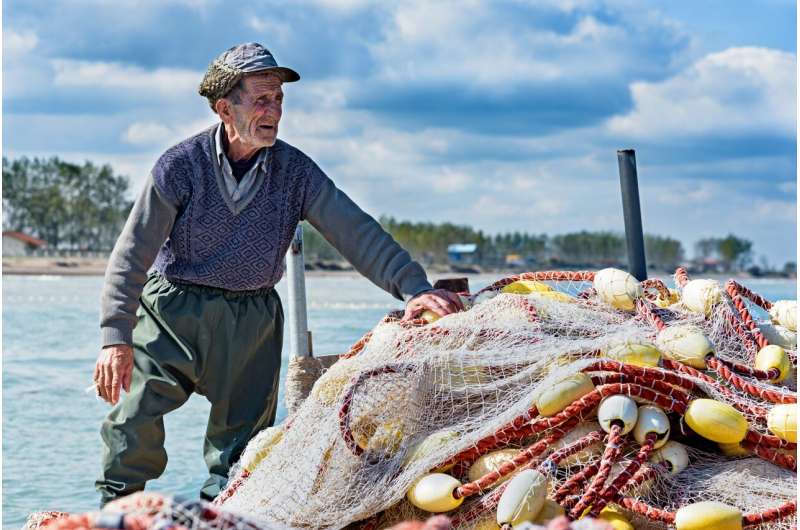Using game theory to explain how institutions arise naturally to manage limited resources

Sadie Harley
scientific editor

Robert Egan
associate editor

A simple model developed by a RIKEN researcher and a collaborator predicts the emergence of self-organized institutions that manage limited resources such as fisheries or irrigation water. This model provides a window into the mechanism behind the emergence of such institutions. are published in PNAS.
Fisheries, forests, fresh water and grazing land are just a few examples of limited natural resources that need to be managed well to ensure long-term sustainability.
In communities in different cultures around the world, so-called self-organized institutions emerge to manage these resources. Characterized by norms and rules that regulate people's behaviors, these institutions seek to ensure that resources do not become depleted through overuse and that everyone has reasonable access to them.
"Some examples of self-organized institutions include those that manage water sources in the Peruvian highlands and Spain and fishing on islands off Australia," notes Kenji Itao of the RIKEN Center for Brain Science.
These self-organized institutions are not established by an external higher authority, but rather they develop over time at a grass-roots level. That raises the question of how they came to be.
Now, by integrating game theory, dynamical systems and multilevel evolution theory, Itao and Kunihiko Kaneko of the University of Copenhagen in Denmark have developed a simple mathematical model that shows how self-organized institutions can arise.
The scenario envisioned by the model is the periodic harvesting of a natural resource such as fish that replenishes itself naturally. The model is both simple, with just two key parameters, and small in scale, involving two people. Each person seeks to maximize their offspring.
At each step, a person decides whether to harvest. Their decision is based on current fish stocks and how well off they and the other person are.
They have three options: cooperate with the other person by showing restraint in harvesting, punish them by over-harvesting if they feel the other person was selfish, or to act selfishly themselves. Which category a person's response falls into depends on current fish stocks and their past history of interactions with the other person.
Remarkably, such a simple model was able to predict the emergence of self-organized institutions. "It was very surprising that we obtained very rich results, even though the model was very simple, having just two parameters," comments Itao.
The model provides a useful starting point for understanding how self-organized institutions arise, says Itao. He is keen to extend the model to other contexts, such as how gift-giving operates in modern societies.
More information: Kenji Itao et al, Self-organized institutions in evolutionary dynamical-systems games, Proceedings of the National Academy of Sciences (2025).
Journal information: Proceedings of the National Academy of Sciences
Provided by RIKEN





















